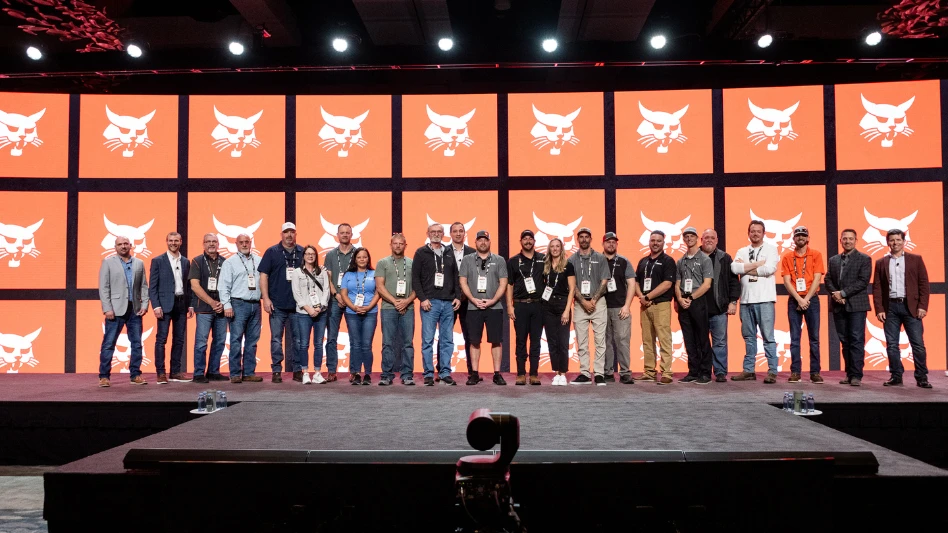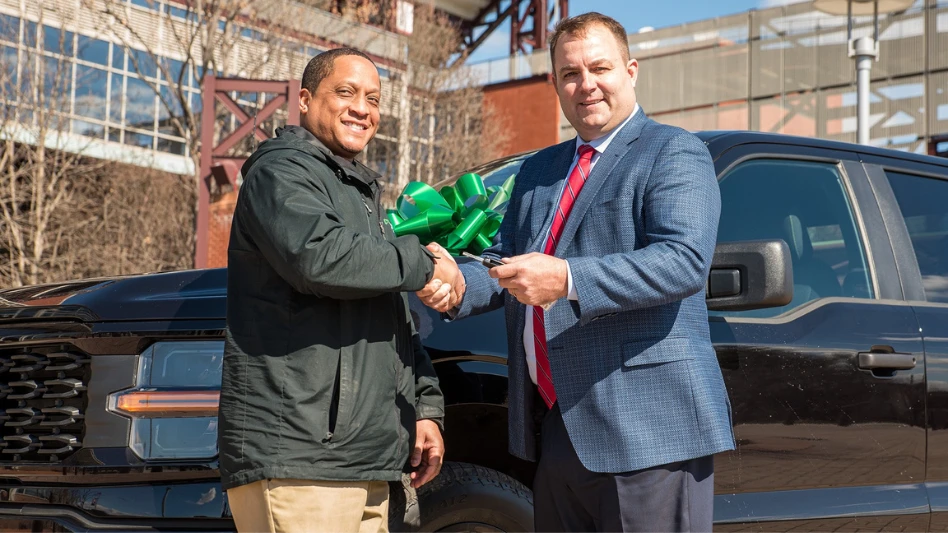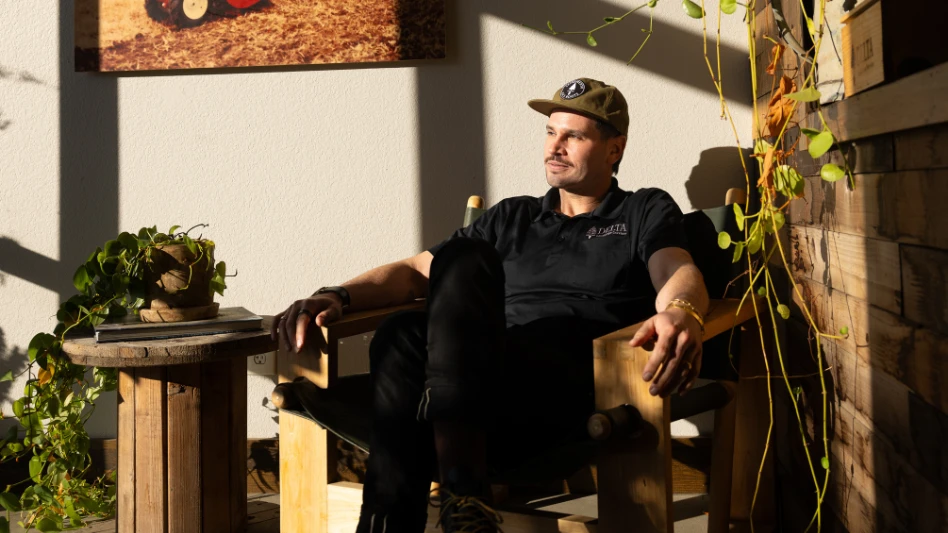All designers worth their weight in plant material know that the health and longevity of a landscape depends on proper irrigation. However, many of them have not been so successful in translating that knowledge into irrigation system sales.
One way that design/build firms nationwide can boost irrigation sales is to take a tip from a common practice in the South and include a set of irrigation plans with all landscape designs from the get-go, whether clients request them or not. In addition to added sales, landscape firms will benefit because their clients’ landscapes will flourish – reducing warranty claims and increasing referral potential.
Joe Mumme, operations manager for McKinnon Associates, Houston, says that adding irrigation has become second nature for him over the last decade. “Twelve years ago, it was an option,” he says. “But in order to guarantee a great landscape, you’ve got to have adequate water, so over the last seven or eight years it’s become just about standard.” Ninety-five percent of the designs McKinnon Associates draws up receive irrigation plans.
The same rule applies at Nature’s Blueprint in Alva, Fla., where 98 percent of installations include irrigation. “The majority of our business is word-of-mouth,” President Tom Super says. “To have the landscape be at a level we’re proud of and guarantee us more referral work, we’re really only interested in installing a landscape package that’s irrigated and preferably irrigated by us.”
In the North where irrigation is often an afterthought, many designers don’t press the issue if a client doesn’t request an irrigation system.
Salmon Falls Nursery, Berwick, Maine, operated this way until a year and a half ago. Operational changes have allowed for a change in irrigation department procedure, and now the company is realizing the value of routinely providing an irrigation design and estimate with every residential landscape design.
“It’s difficult to go back after the fact – and you’re wasting the client’s money,” says General Manager Brian Beeler. “That’s how we look at it. Yes, we could do this two or three years down the road, but at the expense of plants and reworking stuff.”
So far, by providing an irrigation design and quote even if it’s not requested, Salmon Falls’ designers have been successful in upselling irrigation about 10 percent of the time. “It’s not a great knock-down rate, but it’s only something we started doing in the last year and a half,” Beeler says. He expects this upsell rate to improve as designers get a better understanding of irrigation processes and costs.
Salmon Falls switched to this type of system for a few reasons. Naturally, one reason was to generate more revenue from the irrigation division, but another was simply to get the word out that Salmon Falls provides irrigation design, installation and maintenance. In this regard, providing the irrigation design up front functions like a mini master plan. If clients aren’t sold on irrigation initially but decide to go for it down the road, hopefully they’ll remember Salmon Falls already designed an irrigation plan for them, and they won’t be tempted to shop around.
Another reason for automatically including irrigation designs is to market it as an insurance policy. Because 90 percent of plants die due to improper watering, Beeler says, the benefit to customers is the long-term insurance that their plants are properly irrigated. In addition, an irrigation system may reduce homeowners’ water use and save them money. The benefit to the contractor is a decrease in warranty claims – as most installers warranty their plants for one year. “We definitely see it as a protection for the investment we have hanging out there for at least a year,” Beeler adds.
INCORPORATING IRRIGATION DESIGN. At Salmon Falls, the landscape designers pass off their completed landscape plans to the irrigation manager, who then adds the irrigation components. They shoot to complete the entire process in two weeks, and it takes the irrigation manager a week or less to turn around his portion of the plan.
Salmon Falls charges a flat fee for both landscape and irrigation designs and estimates. It generally charges a $250 retainer. Beeler says this setup works for Salmon Falls because residential irrigation designs aren’t the irrigation manager’s only duty. “If he was only doing residential irrigation design, it would not be a profitable gig at this point,” Beeler says. “But he’s here for commercial anyway and he’s able to turn around residential projects so quickly, so we’re definitely starting to see an impact in residential irrigation sales.”
Though irrigation systems are standard at Nature’s Blueprint, Super found a way to boost sales further by offering tiered packages. The gold package comes with standard heads, 4- and 6-inch sprays and a basic controller. The platinum upgrade, which includes pressure-regulating sprayheads, 6- and 12-inch sprays, drip and low-volume components and institutional products with a longer warranty, is 25 to 30 percent pricier than gold. The close rate on the upgrade is 80 to 85 percent.
Mumme’s policy is always to start with a premium system. “We give them the best, most intricate design up front,” he says. “We push for the client to always go for the way we recommend, but we could do it for less.” Ninety-five percent of customers will go with what’s first offered, Mumme says.
At Salmon Falls, some training has had to take place to incorporate the new model of including irrigation with landscape plans. Designers attended vendor-sponsored training both in-house and at irrigation supply houses. But the best training, Beeler says, is one-on-one interaction between the landscape designers and irrigation designer, Beeler says. “He can basically give them the same speech he’d give a client if he was on-site with them.”

Explore the May 2007 Issue
Check out more from this issue and find your next story to read.
Latest from Lawn & Landscape
- Coxreels expands V-100 Series product line
- Landscape Workshop expands with 2 acquisitions
- Wilson360 adds Daniel Grange as new consultant
- Batman and business
- CH Products releases new tree stabilizer
- Savannah Bananas founder Jesse Cole to speak at Equip Exposition
- Catch up on last year's Benchmarking report
- Davey Tree promotes Kevin Marks as VP of Western operations





